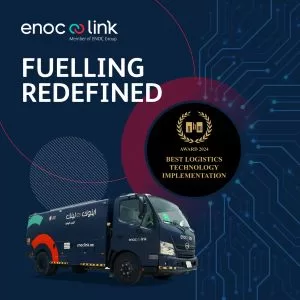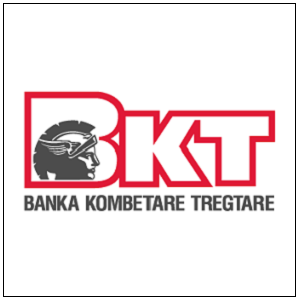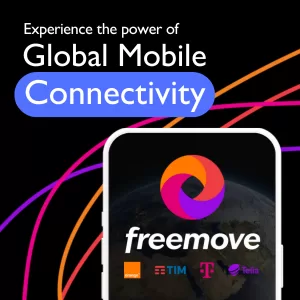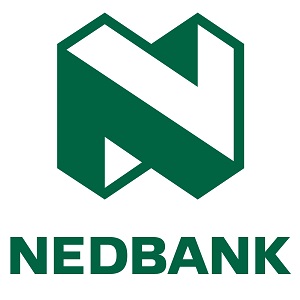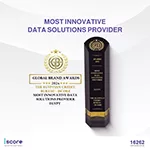Technology
How IBM’s Agentic AI Could Reshape Software: One Billion Times Over

- IBM projects the creation of over one billion new applications by 2028, largely powered by generative and agentic AI systems.
- The company has reported $3.5 billion in productivity gains across 70 internal workflows since deploying AI, showing tangible early returns on its investment.
In the last year alone, the pace of generative AI adoption has moved faster than anyone expected. Chatbots, copilots, and AI content tools are now part of everyday workflows. IBM believes this is just the beginning.
By 2028, IBM expects more than a billion new applications to be created, many of them by AI itself.
If that sounds ambitious, it is. But IBM isn’t simply projecting the future. It’s building it. And the key to this future lies in a new approach called agentic AI.
What Is Agentic AI?
Agentic AI is about giving AI systems more autonomy. Instead of responding to one-off queries, these agents act on your behalf. They understand goals, plan steps, gather information, and complete tasks.
You may already be using basic forms of this. Think of travel apps that suggest itineraries or email tools that auto-draft replies. Agentic AI takes that further. It enables systems to make choices, refine their actions, and collaborate across tools and platforms.
IBM is betting on this evolution. Not as a gimmick, but as the framework for future software.
Why IBM Thinks This Is the Future
IBM has been through many tech waves—mainframes, PCs, and cloud computing. This time, it sees a chance to accelerate software development at a scale never seen before.
Here’s what IBM is doing:
- Building AI agents that work across popular platforms like Salesforce, Workday, and Adobe.
- Letting users create custom agents in under five minutes using IBM’s Granite models.
- Supporting open-source ecosystems like Red Hat to enhance cross-platform compatibility.
The goal? Make it easier for any business, no matter the size, to build apps faster, smarter, and with less friction.
From Concept to Code in Minutes
Traditional app development takes time. Months, sometimes years.
IBM wants to shrink that to minutes.
Its watsonx platform lets users build agentic applications with reusable components. For example, a retail team could set up an inventory-checking agent that monitors product levels and sends alerts. A logistics firm could automate delivery tracking across partners.
No coding background? Doesn’t matter. IBM’s tools are being designed for domain experts, not just developers.
The Scale of What’s Coming
One billion applications might sound unrealistic—until you consider what counts as an app in the AI era.
It’s not just enterprise software anymore. It’s micro-tools, chat interfaces, dashboards, scripts, and workflows—all built to solve specific tasks.
IBM sees a future where:
- A finance team creates dozens of reporting agents.
- HR builds onboarding flows powered by conversational AI.
- Legal departments automate document reviews across jurisdictions.
Multiply that across millions of organisations, and the number becomes more plausible.
The Partners in Play
To get there, IBM isn’t going solo.
It’s partnering with major players to embed AI across ecosystems:
- Oracle: Bringing watsonx AI to Oracle Cloud Infrastructure.
- Salesforce, Microsoft, and Adobe: Creating plug-and-play agents for their enterprise tools.
- Meta and Mistral: Supporting open models that users can customise.
IBM has also embedded agentic AI into 80+ software platforms. This includes everything from CRM and ERP to analytics and HR tech.
Measurable Gains So Far
IBM says it has already applied AI across 70 internal workflows.
The result? $3.5 billion in productivity gains from its AI-driven workflows.
This isn’t just about speed. It’s about doing more with the same resources. That’s especially important for mid-sized businesses trying to compete with larger players.
The ability to automate low-value tasks frees up teams for higher-impact work.
What It Means for You
If you work in tech, product, operations, or digital transformation, this matters.
Ask yourself:
- What tasks take up time in your team that could be automated?
- How many of your workflows involve repeating the same steps daily?
- Are you building software or buying tools that don’t quite fit?
Agentic AI offers a new path. One where you create what you need, without overreliance on developers or expensive vendors.
The Global Context
Businesses across regions are rapidly exploring AI integration. From financial services in Singapore to manufacturing in Germany, industries are testing how AI can streamline operations and improve decision-making.
IBM’s agentic AI tools are being positioned for use in global markets with varied needs and maturity levels. In Southeast Asia, companies are trialling automation in logistics. In North America, retailers are building custom AI agents for customer engagement. Across the EU, healthcare providers are using AI to support patient data processing and compliance.
This broad application means companies worldwide can adopt agentic AI to address local and industry-specific challenges. IBM’s focus on global partnerships and open-source compatibility also ensures tools can be adapted for diverse regulatory and technical environments.
What to Watch Next
Keep an eye on:
- How global firms adopt agentic AI over the next 12–18 months.
- Regulatory frameworks are evolving to govern autonomous systems.
- Integration of open-source models with enterprise platforms.
Also, watch IBM’s rollout of Granite 3.0 and how it benchmarks against GPT-style models in terms of reliability and cost control.
Final Word
IBM isn’t just predicting a wave of AI-driven applications. It’s laying track for it—through platforms, partnerships, and measurable results.
The company’s multi-pronged strategy combines open-source collaboration, enterprise integration, and tools that simplify the creation of custom AI agents. This isn’t a side experiment—it’s a foundational shift.
For businesses, the question isn’t whether AI will shape your operations. It’s how soon you’re willing to adapt. Agentic AI offers a route to building what you need, faster and more precisely than before.
If you’re thinking about how to future-proof your workflows, product lines, or customer experience, this is the time to act.
Not next year. Now.



























